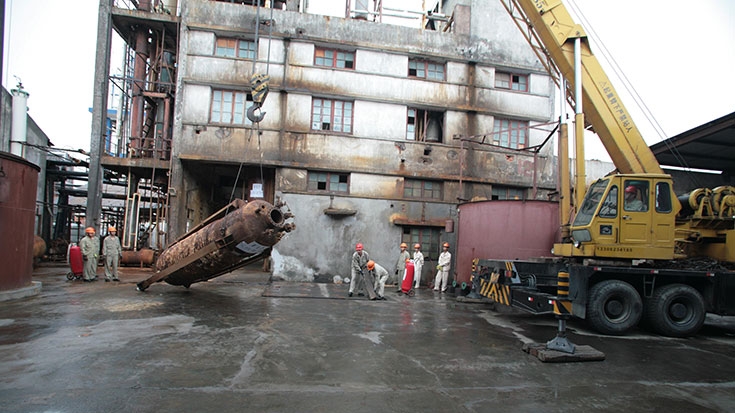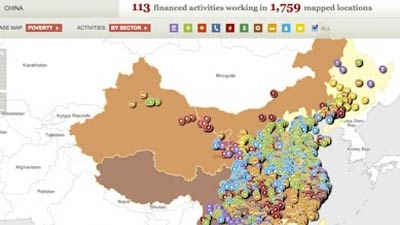Challenge
With rapid industrialization and urbanization, China’s ODS consumption grew over 12 percent per year from 1986 to 1997. By then, China roughly produced 95,800 tons and consumed 87,600 tons of ODS, becoming the largest ODS producer and consumer in the world.
Chlorofluorocarbon (CFC)-11, CFC-12, CTC and halon 1211 were the major ODSs produced and consumed in China. These chemicals were used in foams, refrigeration and air-conditioning, aerosols, fire protection, and solvent cleaning.
These industries shared several characteristics: rapid industrial growth; geographic dispersion of enterprises; growing profitability of ODS production; non-competitiveness of ODS alternatives due to safety concerns and/or limited commercial availability; inadequate policy/regulatory framework and enforcement mechanisms; and, competition from multinational corporations.
Three World Bank ODS phase-out projects were approved for China between 1993 and 1995. The Third ODS Project introduced an umbrella modality that financed ODS phase-out activities of individual companies producing or using ODS. It was time consuming and costly, and did not allow for control of ODS production and consumption at the national level.
Solution
The Fourth ODS Phase-Out Project adopted a more comprehensive sector level approach. The first sector approved was the halon sector because of its high ozone-depleting potential. Other nine sectors were added over the life of the project to finally include: mobile air conditioning, commercial refrigeration, CFC production, TCA(1,1,1 -tricholorethane), halon, foam, CTC Production and process agents I and II, CFC and halon accelerated phase-out, and pharmaceutical aerosol.
The basic institutional, financial and monitoring framework and mechanisms developed in the project were designed for application to all sectors. Disbursements were issued based on performance. Funding for sub-project activities was determined through an annual bidding process. Eligible enterprises were invited to submit proposals for ODS phase-out to be achieved, along with a cost breakdown. Enterprises offering the lowest cost per kg of ODS were selected and offered ODS phase-out contracts.


